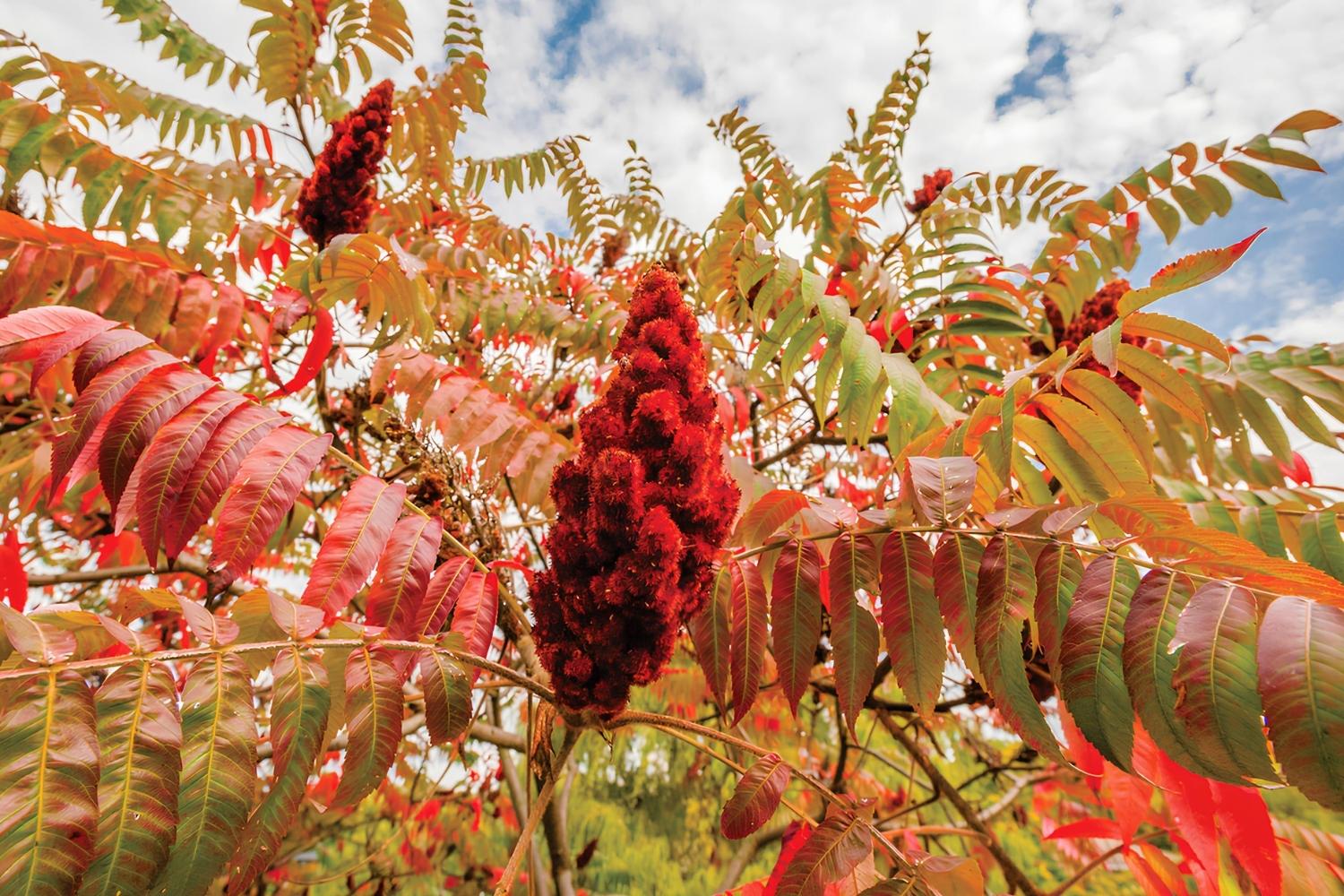Hidden Foraging Spots For America’s Forgotten Sumac Spice

Have you ever tasted sumac spice? This tangy, lemony seasoning comes from the dried berries of the sumac plant. Often overlooked, it adds a unique flavor to many dishes. You might think you need to travel far to find it, but America has hidden spots where you can forage for this forgotten gem. From the woodlands of the Northeast to the open fields of the Midwest, sumac plants grow in abundance. Learning where to look and how to identify these plants can turn your next hike into a culinary adventure. Ready to find your own sumac spice? Let's get started!
Discovering Hidden Foraging Spots for America's Forgotten Sumac Spice
Sumac, a spice often overlooked, adds a tangy zest to dishes. Foraging for this spice can be an adventure, leading you to some of the most beautiful and unexpected places in America. Here are some hidden spots where you can find this forgotten gem.
1. Appalachian Mountains
The Appalachian Mountains stretch across the eastern United States, offering a rich biodiversity. Sumac thrives in this region, making it a prime spot for foraging.
- Great Smoky Mountains National Park: This park, straddling North Carolina and Tennessee, is a haven for sumac. Look for it along the trails and in open fields.
- Blue Ridge Parkway: Running through Virginia and North Carolina, this scenic drive offers numerous pull-offs where sumac can be found.
- Shenandoah National Park: Located in Virginia, this park's Skyline Drive provides access to many sumac-rich areas.
2. Midwest Prairies
The Midwest's prairies and open fields are another excellent place to find sumac. The wide-open spaces and diverse plant life create ideal conditions for this spice.
- Tallgrass Prairie National Preserve: Situated in Kansas, this preserve is home to vast expanses of sumac.
- Indiana Dunes National Park: Located along Lake Michigan, this park's varied habitats support a healthy sumac population.
- Cuyahoga Valley National Park: Nestled between Cleveland and Akron, Ohio, this park's trails and meadows are perfect for sumac foraging.
3. Western Wilderness
The western United States, with its diverse landscapes, also offers hidden spots for sumac foraging. From deserts to mountains, sumac can be found in various environments.
- Joshua Tree National Park: In California, the unique desert landscape of Joshua Tree is home to sumac, especially in the higher elevations.
- Rocky Mountain National Park: Colorado's iconic park has sumac growing along its lower trails and open areas.
- Olympic National Park: Washington's diverse ecosystems, from coastal areas to alpine regions, provide ample opportunities to find sumac.
4. Southern Forests
The southern United States, with its warm climate and lush forests, is another great region for sumac foraging. The dense vegetation and varied landscapes create perfect conditions for this spice.
- Great Dismal Swamp National Wildlife Refuge: Straddling Virginia and North Carolina, this refuge's wetlands and forests are rich in sumac.
- Big Thicket National Preserve: Located in Texas, this preserve's diverse plant life includes plenty of sumac.
- Okefenokee National Wildlife Refuge: In Georgia, the swampy areas and open fields of this refuge are ideal for sumac foraging.
5. Northeastern Woodlands
The northeastern United States, with its dense woodlands and rolling hills, offers numerous spots for finding sumac. The region's varied terrain supports a healthy sumac population.
- Adirondack Park: New York's vast park has sumac growing along its trails and in open areas.
- White Mountain National Forest: Spanning New Hampshire and Maine, this forest's diverse habitats are perfect for sumac.
- Green Mountain National Forest: Vermont's lush forest is another excellent spot for sumac foraging.
Foraging for sumac not only provides a unique spice for your kitchen but also takes you on a journey through some of America's most beautiful landscapes. Happy foraging!
Discovering Sumac's Hidden Gems
Exploring hidden foraging spots for America's forgotten sumac spice opens up a world of culinary possibilities. Sumac, with its tangy flavor, can transform dishes from ordinary to extraordinary. From the Appalachian Mountains to the Great Plains, these spots offer not just the spice but an adventure in nature. Foraging for sumac also connects you to the land and its history, making every meal a story.
Remember to forage responsibly. Respect nature, take only what you need, and leave no trace. This ensures that sumac and other wild edibles remain available for future generations. So, grab a basket, head to these hidden spots, and start your sumac adventure. Your taste buds will thank you, and you'll gain a deeper appreciation for America's natural bounty. Happy foraging!

